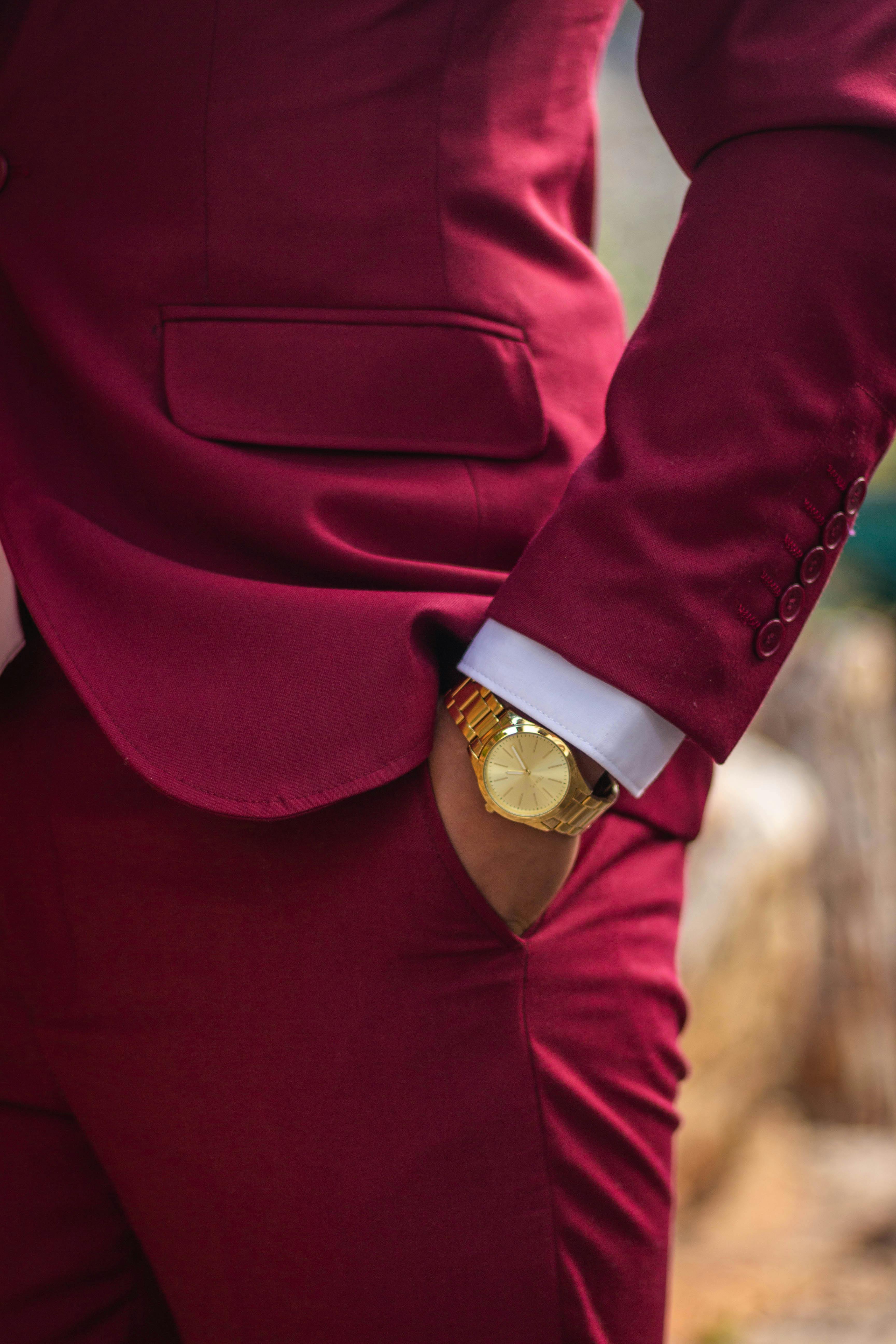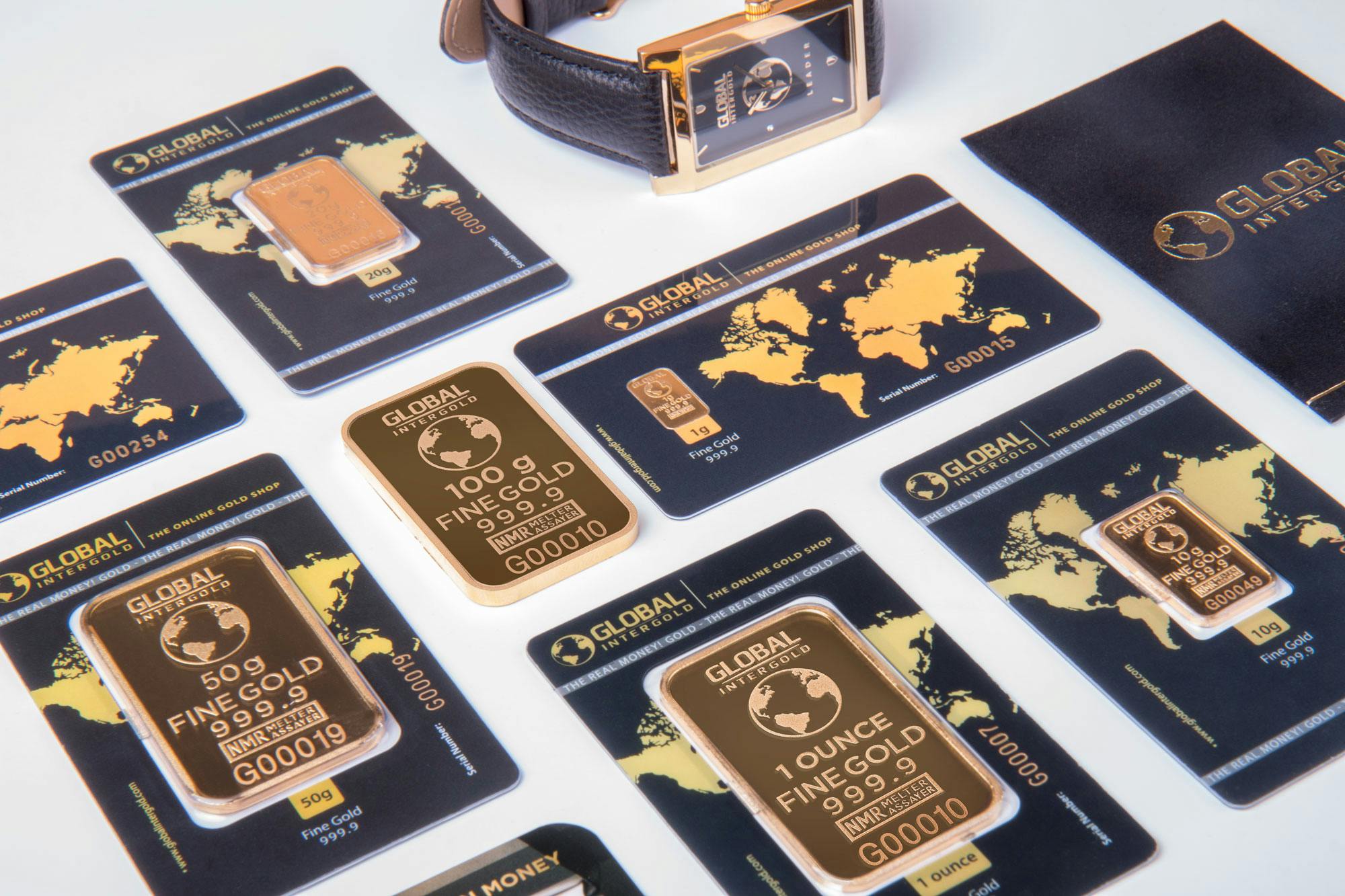Beyond the glitter: viewing Dubai jewelry through an investor’s lens
Dubai sparkles. To the casual visitor, it’s a city of dazzling shop windows, where gold and diamonds compete with the desert sun. But for the discerning buyer, the city offers something far more profound than mere retail therapy. It presents a unique opportunity for strategic asset acquisition. Viewing a high-value jewelry purchase in Dubai not as a souvenir but as a calculated investment changes the entire game. The question shifts from “Is this beautiful?” to “Does this hold enduring value?” This guide is your roadmap to navigating that shift. We will move beyond the surface-level allure and introduce a powerful framework—the “Trinity of Value”—to ensure your purchase is as financially sound as it is breathtakingly beautiful. This is your expert guide to making a smart, legacy-worthy investment in the City of Gold.

This Photo was taken by COPPERTIST WU.
Pillar 1: deconstructing intrinsic value
The foundation of any sound jewelry investment rests on the raw materials themselves. This is the tangible, quantifiable worth of your piece before any design or branding is considered. In Dubai, a hub for precious materials, understanding this pillar is non-negotiable.
Gold purity and pricing decoded
Dubai’s gold market is famous for its transparency. The price of gold is tied directly to the international market rate, displayed prominently in most stores and updated throughout the day. Your primary focus should be on purity, measured in karats. While 24-karat gold is 99.9% pure, it’s often too soft for intricate jewelry. You’ll commonly find 22k and 18k gold. An 18k piece isn’t “lesser” than a 22k one; it’s simply a different alloy designed for greater durability, often preferred for setting delicate stones. The key is to know exactly what you are buying and to ensure the price reflects the gold content and the “making charges” or craftsmanship fee.

This Photo was taken by shahin khalaji.
The 4Cs are just the beginning
For diamonds and precious gemstones, the “4Cs” (Cut, Color, Clarity, and Carat) are the universal language of quality. However, for an investment-grade stone, this is merely the starting point. The single most crucial factor is certification. An uncertified stone is a liability. Insist on a report from a globally respected gemological laboratory. The Gemological Institute of America (GIA) is the gold standard for diamonds, providing an unbiased assessment that guarantees your stone’s characteristics. For colored gemstones, reports from labs like Gübelin or SSEF add immense credibility and value. In Dubai, a reputable seller will always provide this documentation without hesitation.
Pillar 2: the multiplier effect of artisanal value
While raw materials provide a baseline value, craftsmanship and design are what can transform a piece into a true work of art with appreciating value. This is where you move from commodity to collectible.
Why craftsmanship commands a premium
There is a world of difference between a mass-produced trinket and a handcrafted masterpiece. Look for signs of superior artisanship: the precision of the stone setting, the fluidity of the metalwork, the intricacy of the details. Bespoke pieces or limited-edition creations from renowned designers carry a premium because of their rarity and the skill invested in them. This artisanal value is less tangible than gold weight but is a critical driver of long-term worth. As you learn more about the evolution of the Dubai jewelry market, you’ll see a growing appreciation for this level of craft.

This Photo was taken by The Glorious Studio.
The power of provenance and brand
Who made the piece? A signature from a celebrated jewelry house or a rising star designer adds a story and a legacy to your investment. This is known as provenance. While global luxury brands have a strong presence in Dubai, you should also pay attention to the exciting work of local and regional designers. Exploring these emerging luxury jewelry trends can be a savvy move, allowing you to invest in a future icon before they achieve global fame.
Navigating Dubai’s diverse retail landscape
Your shopping experience will vary dramatically depending on where you go. The Gold Souk offers a vibrant, traditional experience with endless options, perfect for classic gold pieces where negotiation is part of the culture. However, for significant, investment-grade pieces, especially those with unique designs and important gemstones, exploring high-end boutiques in areas like the Dubai Mall or the Dubai International Financial Centre (DIFC) is essential. These venues offer curated collections, expert service, and the guaranteed authenticity that serious investors require. Navigating the world beyond the Gold Souk is key to finding true investment gems.

This Photo was taken by Sina Rezakhani.
Pillar 3: leveraging Dubai’s unique market value
The third pillar is what makes Dubai a globally competitive market for jewelry investment. Understanding and leveraging the emirate’s specific economic and regulatory advantages can significantly enhance the value of your purchase.
The tax advantage explained
One of Dubai’s most significant draws for investors is its tax-friendly environment. The UAE has a Value Added Tax (VAT) of only 5% on most goods and services, which is considerably lower than in many other luxury shopping capitals around the world. For tourists, this VAT is often refundable upon departure, creating an immediate price advantage. According to the UAE’s Federal Tax Authority, this system is designed to encourage retail tourism, and savvy jewelry buyers are among its biggest beneficiaries.

This Photo was taken by REAFON GATES.
Authentication and certification standards in the UAE
To protect its reputation as a leading jewelry hub, Dubai has robust consumer protection measures. The Dubai Central Laboratory (DCL) enforces strict standards, and many reputable jewelers offer items with a “Bareeq” certification, an optional quality mark that assures consumers of the product’s purity and compliance. Always ask for all relevant paperwork, including store receipts, certificates of authenticity, and any gemological reports. This documentation is crucial for insurance, resale, and establishing the provenance of your investment.
Market dynamics: what to watch in 2024-2025
The global luxury market is constantly evolving, and Dubai is at the forefront of these shifts. Staying informed about market trends can help you make a forward-thinking purchase. According to recent luxury market analysis, there is a growing demand for colored gemstones and jewelry with a strong, unique design narrative.
| Market Trend | 2024 Outlook | 2025 Projection |
|---|---|---|
| Colored Gemstones (Sapphires, Emeralds, Rubies) | Strong demand, particularly for unheated, ethically sourced stones. | Projected 8-10% value increase for top-quality specimens. |
| Signed/Designer Pieces | Increased focus on unique, artisanal designs over mass-market luxury. | Secondary market value for recognized designers expected to outperform generic pieces. |
| Lab-Grown Diamonds | Growing market share for fashion jewelry, but natural, GIA-certified diamonds remain the standard for investment. | Value gap between natural and lab-grown diamonds is expected to widen, solidifying the investment case for natural stones. |
Data compiled from industry analysis, including reports like Bain & Company’s Luxury Goods Worldwide Market Study.

This Photo was taken by Dasha.
Your investment checklist: a practical guide to a smart purchase
With this framework in mind, here is a step-by-step checklist to guide your high-value purchase in Dubai:
- Define your investment thesis: Are you seeking a stable store of value (e.g., a high-carat gold piece) or potential for high appreciation (e.g., a rare gemstone or signed designer piece)? Your goal determines your target.
- Research reputable vendors: Look for jewelers with a long-standing reputation, positive reviews, and transparent practices. Don’t be afraid to visit several before making a decision.
- Verify all documentation: Insist on seeing the GIA report or other relevant certifications before you even begin to discuss price. Scrutinize the details.
- Inspect the piece meticulously: Use a jeweler’s loupe. Examine the setting, the polish, and the overall craftsmanship. A true investment piece should be flawless in its execution.
- Negotiate with knowledge: Understand the base price of the materials and the premium for craftsmanship. Your negotiation should be respectful but informed by the facts you’ve gathered.
- Secure comprehensive paperwork: Your final purchase should include a detailed invoice, the original certificates, and a written appraisal for insurance purposes.
- Insure your asset immediately: Before you even leave the country, arrange for your new asset to be insured. Treat it like any other significant investment in your portfolio.

This Photo was taken by Kaftan Bindallı.
Frequently asked questions for the discerning buyer
Is it better to buy gold or diamonds for investment in Dubai?
Both are strong options with different characteristics. Gold, especially 22k or 24k bars and coins, is a stable commodity investment tied to market prices. Investment-grade diamonds (D-F color, VVS-IF clarity with excellent cut and GIA certification) offer higher potential for appreciation but require more expertise to select. Your choice depends on your risk tolerance and investment strategy.
Can I trust the certifications from all jewelers in Dubai?
While Dubai has high standards, you should only trust globally recognized, third-party certifications, primarily from the GIA for diamonds. An “in-house” certificate from a jeweler is good for appraisal but is not an objective guarantee of quality. Always prioritize independent, internationally respected lab reports.
Is haggling acceptable in high-end jewelry boutiques?
In the Gold Souk, haggling is expected. In luxury boutiques in malls or hotels, the pricing is generally firm. However, for a very significant purchase, there may be some room for negotiation or the inclusion of a small additional item. It’s best to approach this respectfully and inquire about “the best possible price” rather than aggressive haggling.
What is the “Bareeq” certification I see in some stores?
Bareeq is a voluntary quality assurance mark provided by the Dubai Central Laboratory. It certifies that the jewelry has been tested and meets specific criteria for purity and quality. While not a replacement for a GIA report on a diamond, it provides an extra layer of confidence for gold and other jewelry items, confirming they meet Dubai’s high regulatory standards.

This Photo was taken by Timothy Yiadom.
From beautiful bauble to tangible asset
A high-value jewelry purchase in Dubai should be an act of both passion and prudence. By moving beyond the initial sparkle and applying the “Trinity of Value” framework, you transform your perspective. You learn to see the piece not just for its beauty but for its story—the intrinsic worth of its materials, the enduring skill of its creator, and the unique market advantages of its place of purchase. This is the difference between buying a simple luxury good and acquiring a tangible asset. An investment piece from Dubai is more than an adornment. It is a concentration of value, a piece of portable wealth, and a legacy that holds its worth across generations. With this expert guide, you are now equipped not just to shop, but to invest intelligently, ensuring the piece you choose is a source of joy and financial security for years to come.

This Photo was taken by Michael Steinberg.